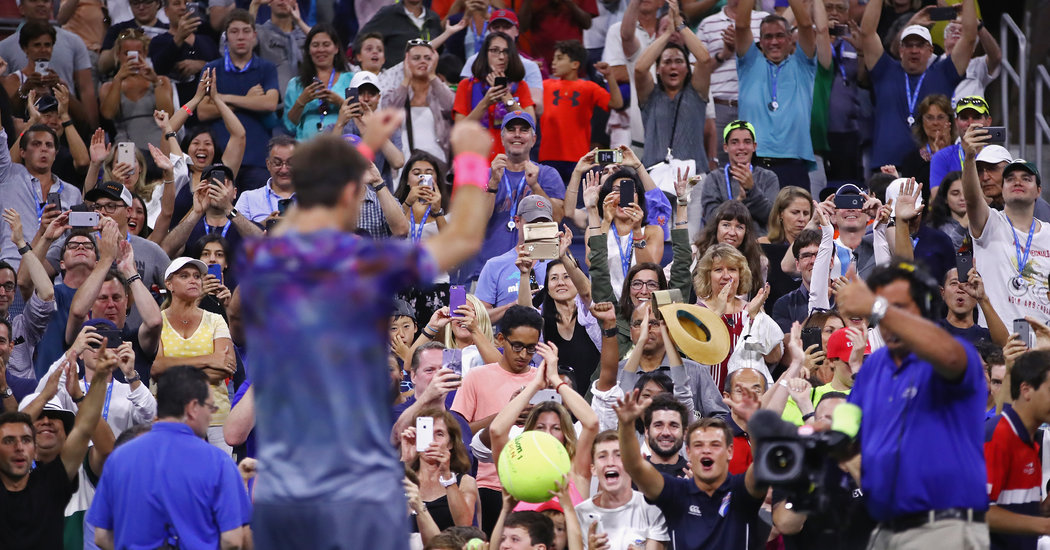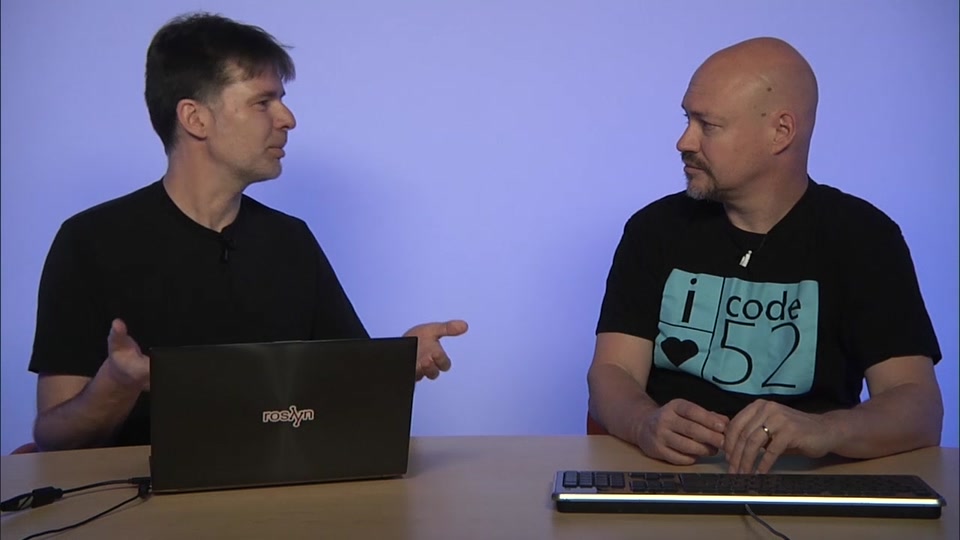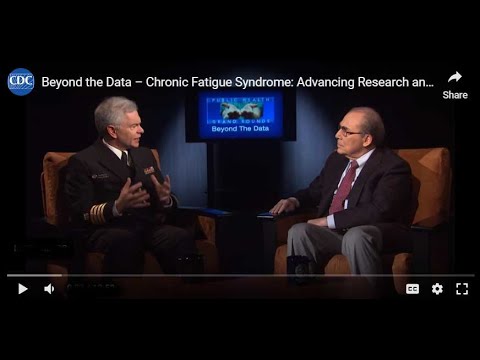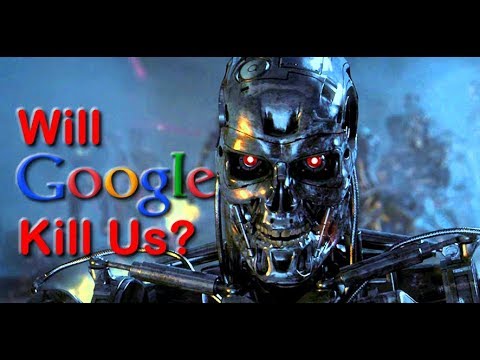Farid Alaghband, a real estate developer, said that he, too, thought the computer is onto something. “I’d agree with what this machine is thinking,” he said. Being too busy to sit through complete matches at home (he likes to watch key moments on video after the fact), he finds highlights particularly useful, he said.
Credit
Christian Hansen for The New York Times
“Personally I believe this machine probably does understand what people think,” he said.
Perhaps this does not sound like that big a deal. But highlights are extraordinarily time-consuming to compile. They are also a major draw for fans, both those who can make it out to Flushing Meadows and those who cannot, said Kirsten Corio, managing director for digital strategy at the United States Tennis Association.
“Match highlights are hands-down our top-performing content feature,” she said. “The fans can’t seem to get enough of it.” (Happily for the tennis association, it can also sneak in advertisements from tournament sponsors on the videos.) In all, IBM said, the Open drew some 11 million users to its digital platforms — for highlights, and for things like scores and schedules — last year.
Until this year, officials at the Open have relied exclusively on some 40 temporary staff members for digital work that includes highlight compilation, a job that is arduous, repetitive and impossible to perform comprehensively at a tournament this size. On Thursday, for instance, 87 matches were played at the Open — “more matches in one day than a Major League Baseball team plays in an entire season,” Corio said, referring to a baseball’s team 81-game home schedule.
“The challenge is to shift through all that to bring the most exciting moments to life on a digital platform,” Corio said. “Our fans have so many ways to consume content, and it’s hard to have the ability to keep up with the sheer volume of moments.”
Highlight compilation traditionally starts with a team of loggers, said Brian Beglane, a senior manager in video production for the tennis association. Each logger is assigned to a court for shifts of about eight hours at a time, inputting data from the matches into a program into which certain words — like ace and fist pump — have been preloaded, for purposes of efficiency. Human editors then review the data and decide which points to feature later on.

Credit
Abbie Parr/Getty Images
The Open uses Watson’s understanding of unstructured data (that is, visual and audio information) in two ways. The first is in the cognitive highlights videos, prepared entirely by IBM, that it posts on digital platforms. The second is as an editorial resource, Beglane said, to help real-live humans decide what to include in the popular shots of the day video that is featured on the website and app.
How does Watson decide what qualifies as human excitement? It bases what it calls its “overall excitement” level on three discrete criteria. The first is crowd response, which takes into account both noise levels and the kind of noise generated (gasps versus applause, for instance). The second is what it calls “match analysis,” which places a point in context in a match, with set points receiving greater weight than, say, random desultory midgame points. The third is player gestures: chest-beating, arm-waving, jumping up and down and the like.
When Beglane began working at the Open in 1993, there was no such thing as a website. Tournament highlights were shown each day on late-night television.
“I used to do video production in the back of a truck, and the only way to create a highlight was via a human eyeball,” he said. “So to have a computer watching alongside of me, to help me do my job, is unbelievable.”
Will computers make humans obsolete when it comes to the business of sports highlights?
“We’re utilizing all these tools, but at the end of the day, a person makes the decision about what are the shots of the day,” Beglane said. “This year it happens to be just two of us, me and a video editor.”
“You know how many shots are in the tournament every day?” he asked rhetorically. “A lot. And I can tell you that I’m not stressed about missing anything.”
By SARAH LYALL
https://www.nytimes.com/2017/09/05/sports/us-open-highlights.html
Source link



